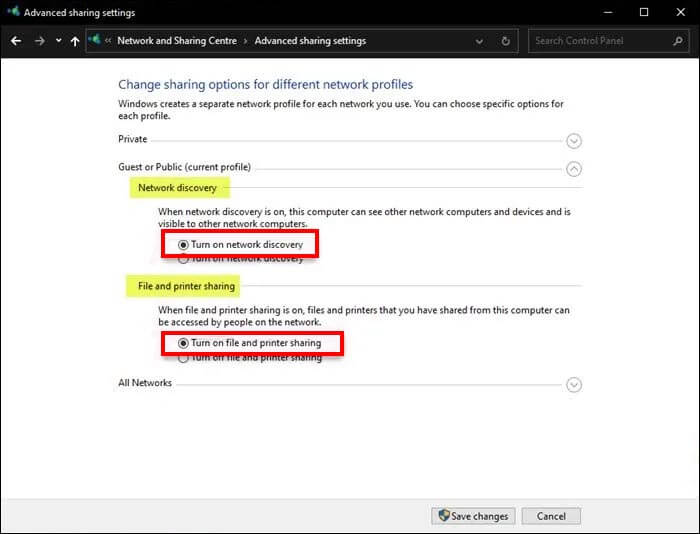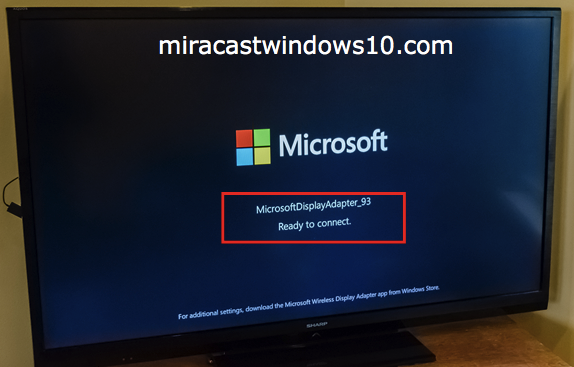

Miracast introduced itself as the "HDMI over Wi-Fi" and eventually became a standard for wireless screen mirroring. As it proved quite helpful to cast a small screen onto a more prominent display to enable a condition where more people could see it, the concept transitioned to wireless technology. Performance is acceptable for no more than text presentations with no animations.Device mirroring has been a concept that started gaining popularity since it was covered through wires. Actually - I did not nothice any improvement. 'remote display' should have TCP port 7250 open in firewallĪfter all, my expectations that projecting via ethernet will be less laggy did not came true. The easiest and most straighforward way to configure this - add entry into C:\WINDOWS\system32\drivers\etc\hosts and then recheck via ping REMOTE_DISPLAY_NAME. Since PC simulenously connected to WiFi and Ethernet will have two IP addresses, client should make sure which IP remote name is actually resolved into. Important thing - name of the target 'remote display' should be resolvable via projector's DNS.

I've checked this question to own needs and here is my summary confirmed practically:įor initial connection - both 'projector' and 'remote display' - should be connected to same Wi-Fi network.Īfter connection is esteblished WiFi can be turned off.

Using either WPA2-PSK or WPA2-Enterprise security). Network via either Ethernet or a secure Wi-Fi connection (e.g. The Surface Hub or device must be connected to your enterprise Just make sure you're running version 1703 (or later) on both ends.Īs far as your specific scenario of miracasting between 2 "regular" Windor above workstations is concerned, this portion of the article should help:Ī Surface Hub or Windows PC can act as a Miracast over

I'm assuming Microsoft updated the article, because they now specifically mention Windows PC and Windows Phone alongside the Surface Hub in that article.


 0 kommentar(er)
0 kommentar(er)
